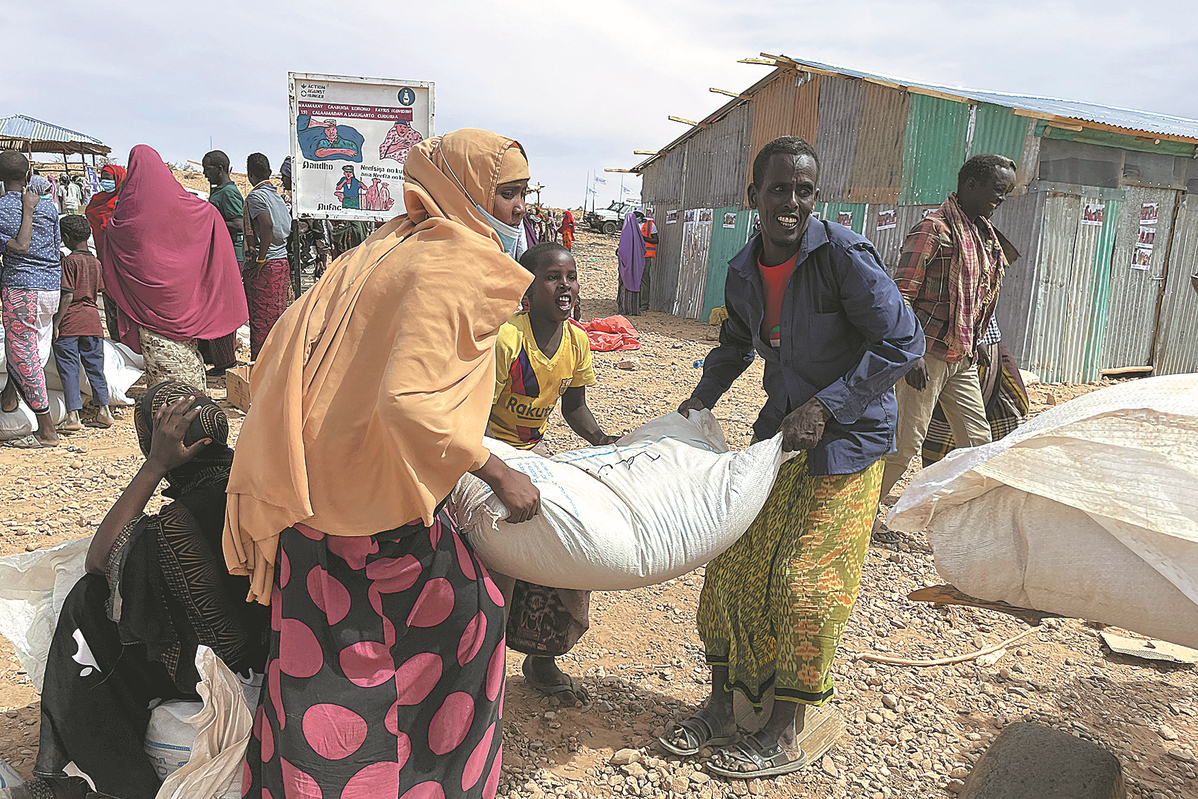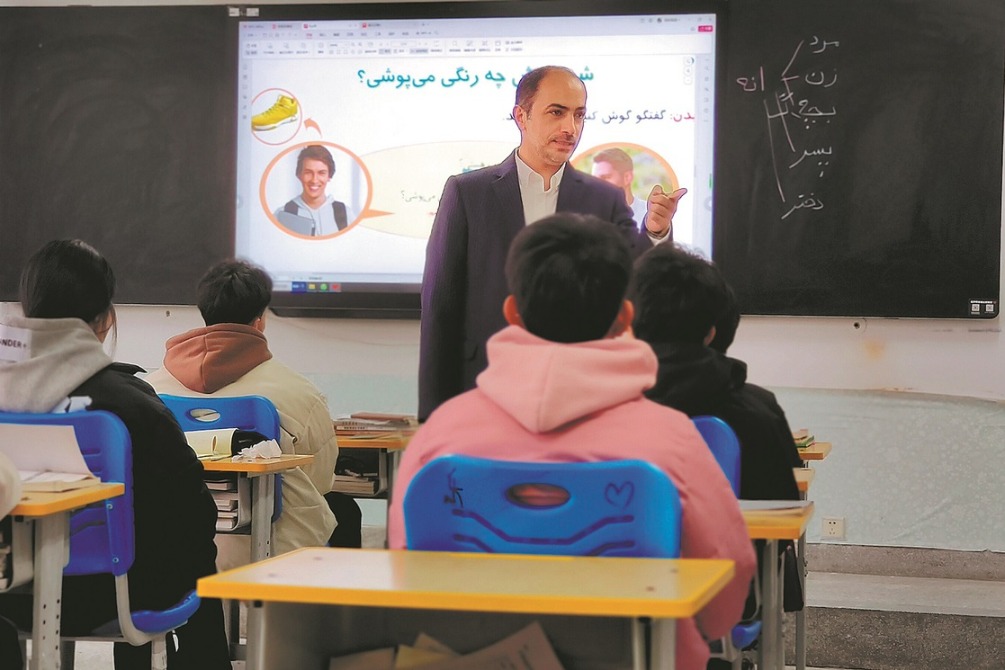Drought misery deepens in Horn of Africa
By EDITH MUTETHYA in Nairobi, Kenya | China Daily | Updated: 2022-02-10 07:56

When the delayed October-December rains started, smallholder farmer Phillis Martha in Kenya's eastern Kitui County was filled with joy, hoping that the rains would be successful to end the long period of skyrocketing food prices.
Unfortunately, the rains failed for a third consecutive season, leaving farmers very worried and some vulnerable communities facing hunger.
"Crops dried before reaching maturity. It's a worrying situation noting that most of us depend on agriculture not only for consumption, but also as a source of income," Martha said.
"I planted immediately after the rains started so I believe I will be able to harvest at least 30 kilograms of maize and 50 kilograms of green grams. During successful rains, I usually harvest at least three sacks of legumes and five sacks of cereals."
Nevertheless, Martha expressed gratitude that the rains provided slight improvements to water resources and forage which she hopes would be of help before the next rain season. "We can only hope that the coming March-May rain season will be successful," Martha said.
However, the Famine Early Warning Systems Network warned that the rains will be below average in northern and eastern Kenya based on historical analogues of La Nina.
"Based on median rainfall in historical analogue years, rainfall will likely range from 60-75 percent average in general. However, deeper deficits of less than 60 percent average are likely in localized areas of northern pastoral Kenya," warned the network last month.
Primary schoolteachers said hunger could also affect schooling unless the government and its partners start school feeding programs.
"It's usually very hard for a child to concentrate in class with an empty stomach, meaning that performance will be affected and some may drop out of school," said a teacher from Kenya's Machakos County who requested anonymity.
"School feeding programs motivate children to attend school because even if they have no food at home, they are assured of a meal in school. It also reduces dropout rates and protects children from nutritional diseases."
According to the World Food Programme, severe drought continues to grip the Horn of Africa region with an estimated 13 million people across Ethiopia, Kenya and Somalia facing severe hunger in the first quarter of this year.
Pastoralists and farmers across southern and southeastern Ethiopia, southeastern and northern Kenya and south-central Somalia are the most affected.
Following three consecutive failed rainy seasons, the United Nations agency warned that the region is experiencing the driest conditions recorded since 1981.
Additionally, the poor rainfalls have decimated crops and caused abnormally high livestock deaths.
The WFP also said water and pasture shortages are forcing families from their homes and leading to increased conflict.
The agency said the drought impacts have been compounded by increases in staple food prices and inflation.
























